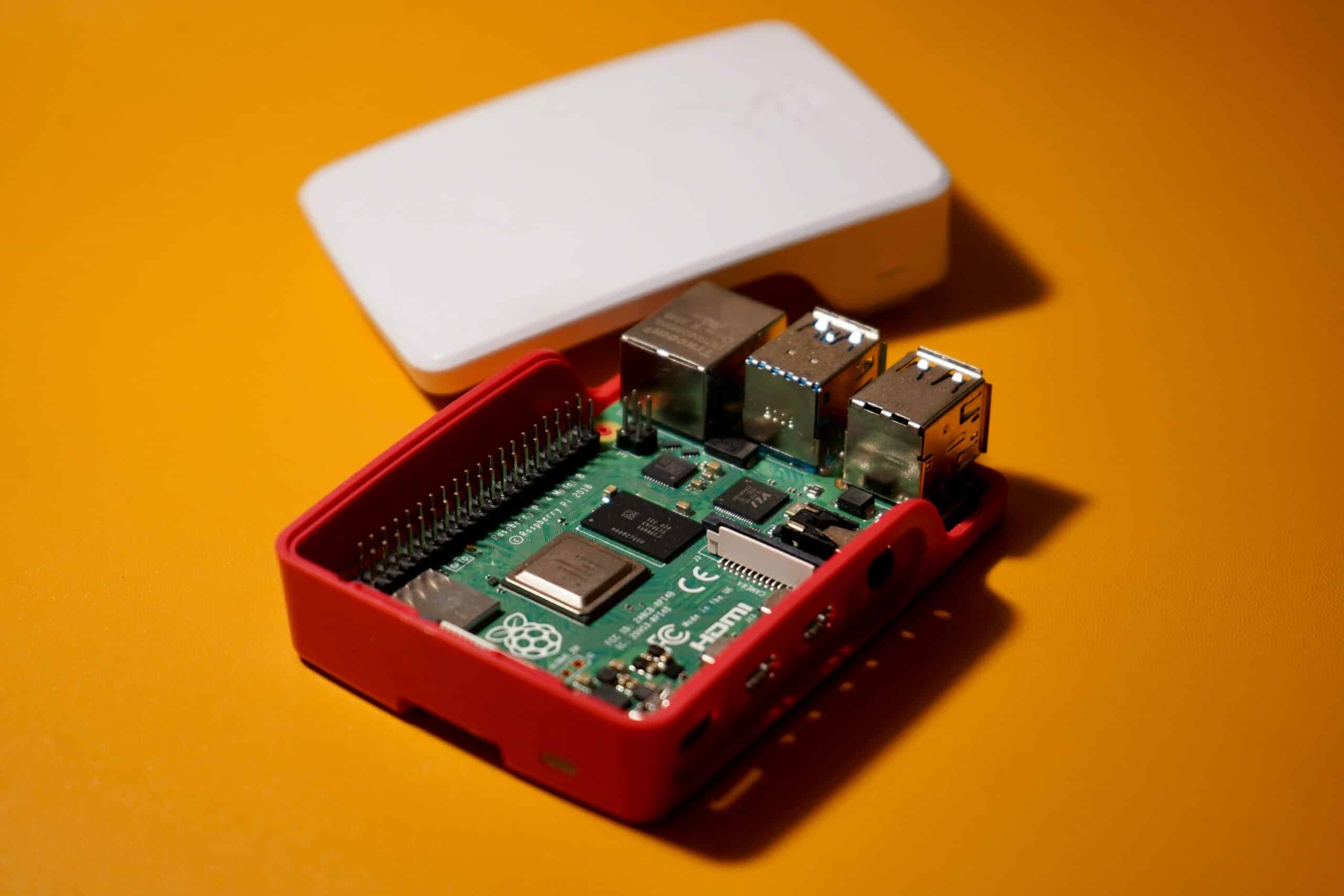Introduction
Using Python to Build Lightweight AI Models with TinyML for IoT Devices. The Internet of Things (IoT) is revolutionizing the world by connecting billions of smart devices, from wearable health monitors to industrial sensors. However, one key challenge is enabling these devices to make intelligent decisions locally, without constantly relying on cloud processing. That’s where TinyML (Tiny Machine Learning) comes in. By enabling AI on microcontrollers, TinyML makes it possible to embed intelligence in extremely low-power devices.
Python, despite being a high-level language, plays a pivotal role in developing and prototyping these lightweight AI models, making it accessible for students, developers, and engineers. This blog dives into how Python can be used with TinyML to create AI-powered IoT solutions, while staying efficient and resource-friendly.
Table of Contents
What is TinyML?
TinyML refers to machine learning technologies that are capable of performing on-device inference with minimal hardware—typically microcontrollers with RAM as low as 16KB and power consumption measured in milliwatts.
Traditional ML models are often resource-intensive and require GPUs or cloud computing. TinyML turns this on its head, allowing models to run directly on embedded devices such as:
- Arduino boards
- ESP32 chips
- Raspberry Pi Pico
- STM32 microcontrollers
TinyML brings real-time intelligence to the edge, enabling applications like anomaly detection, keyword spotting, gesture recognition, and environmental monitoring.
Why Python for TinyML?
While embedded systems typically rely on C/C++, Python is incredibly powerful for:
- Model prototyping and training (using frameworks like TensorFlow and PyTorch)
- Data preprocessing and augmentation
- Model conversion and optimization
- Simulation before deployment
Libraries such as TensorFlow Lite for Microcontrollers (TFLM) and Edge Impulse make it easier to bridge the gap between Python development and embedded AI deployment.
Tools & Frameworks to Get Started
1. TensorFlow Lite for Microcontrollers
TensorFlow Lite Micro (TFLM) is a compact version of TensorFlow Lite tailored to microcontrollers. It supports common operations and allows you to convert trained models into lightweight formats.
👉 Official documentation: https://www.tensorflow.org/lite/microcontrollers
2. Edge Impulse
Edge Impulse is a powerful platform that supports TinyML model creation through a web interface and integrates with Python for data processing and model prototyping.
👉 Try it out: https://www.edgeimpulse.com/
3. MicroPython and CircuitPython
While Python doesn’t run natively on most microcontrollers, MicroPython and Adafruit’s CircuitPython provide a lightweight Python interpreter for devices like ESP32 and Raspberry Pi Pico.
Step-by-Step Workflow for Building TinyML Models in Python
Step 1: Collect and Preprocess Data
Data is the foundation of any AI model. You can use Python libraries like pandas, numpy, and matplotlib to collect, analyze, and preprocess sensor data.
import pandas as pd
import numpy as np
import matplotlib.pyplot as plt
data = pd.read_csv('sensor_data.csv')
data['smoothed'] = data['reading'].rolling(window=5).mean()
data.plot()
Step 2: Train a Lightweight Model
Use TensorFlow to create and train a model. Keep the architecture small—consider using models like:
- Simple DNN
- 1D CNN (for time series)
- Shallow RNNs (LSTM/GRU)
import tensorflow as tf
model = tf.keras.Sequential([
tf.keras.layers.Dense(16, activation='relu', input_shape=(8,)),
tf.keras.layers.Dense(8, activation='relu'),
tf.keras.layers.Dense(1, activation='sigmoid')
])
model.compile(optimizer='adam', loss='binary_crossentropy', metrics=['accuracy'])
model.fit(X_train, y_train, epochs=10)
Step 3: Convert Model to TensorFlow Lite
After training, convert the model using TensorFlow Lite for deployment.
converter = tf.lite.TFLiteConverter.from_keras_model(model)
tflite_model = converter.convert()
with open('model.tflite', 'wb') as f:
f.write(tflite_model)
You can further quantize the model to reduce size:
converter.optimizations = [tf.lite.Optimize.DEFAULT]
Step 4: Deploy Model to Microcontroller
Use Arduino IDE or PlatformIO to flash the model onto a device. TensorFlow provides Arduino libraries that load .tflite models.
Here’s how the workflow looks:
- Prepare your data in Python.
- Train and convert your model.
- Use C++/Arduino to load and run the model on the device.
Example Project: Motion Detection on Arduino Nano 33 BLE Sense
This board includes a 9-axis IMU, perfect for gesture or motion detection.
Workflow:
- Collect IMU data using Edge Impulse or Python.
- Train a classifier to detect motion patterns.
- Export as a
.tflitefile. - Deploy using Arduino’s TensorFlow Lite library.
You can monitor accuracy and tune thresholds directly on the board.
Benefits of Using Python in TinyML Development
- Rapid Prototyping: Python’s libraries help quickly test model ideas.
- Data Visualization: Libraries like
seabornandmatplotlibhelp understand sensor data. - Community and Ecosystem: Vast number of tutorials, open-source models, and active communities.
- Seamless Integration: Works well with Jupyter Notebooks, Edge Impulse, TensorFlow, and other ML platforms.
Challenges and How to Overcome Them
| Challenge | Solution |
|---|---|
| Limited RAM/Flash | Quantize models, prune layers, use simpler architectures |
| Lack of native Python | Use Python only for training/preprocessing; deploy in C++ |
| Debugging on device | Simulate behavior on desktop first, use serial monitor for logs |
| Real-time constraints | Optimize inference code and minimize input/output latency |
Real-World Applications
1. Wearables and Health Monitoring
Detect irregular heartbeats, posture correction, or step counts using TinyML models trained in Python.
2. Predictive Maintenance
Use sound or vibration data to predict machinery failure in factories.
3. Smart Agriculture
Detect soil moisture anomalies or crop diseases using sensor inputs.
Resources to Explore Further
- TinyML Book by Pete Warden and Daniel Situnayake
A comprehensive guide to deploying machine learning on microcontrollers. - TensorFlow Blog: Getting Started with TinyML
👉 https://blog.tensorflow.org/2020/11/getting-started-with-tinyml.html - GitHub – Awesome TinyML
👉 https://github.com/hollance/awesome-tinyml
Conclusion
TinyML is reshaping the way AI is applied, moving intelligence from the cloud to the very edge of the network. Python remains an essential tool in this ecosystem, offering simplicity, flexibility, and powerful libraries for building and training models. By combining Python for development and embedded C++ for deployment, developers can create fast, smart, and energy-efficient solutions for the IoT world.
Whether you’re working on smart agriculture, industrial automation, or home automation, integrating TinyML with Python can be your superpower. So fire up your IDE, collect some sensor data, and bring your IoT devices to life with edge AI!
Find more Python content at: https://allinsightlab.com/category/software-development

